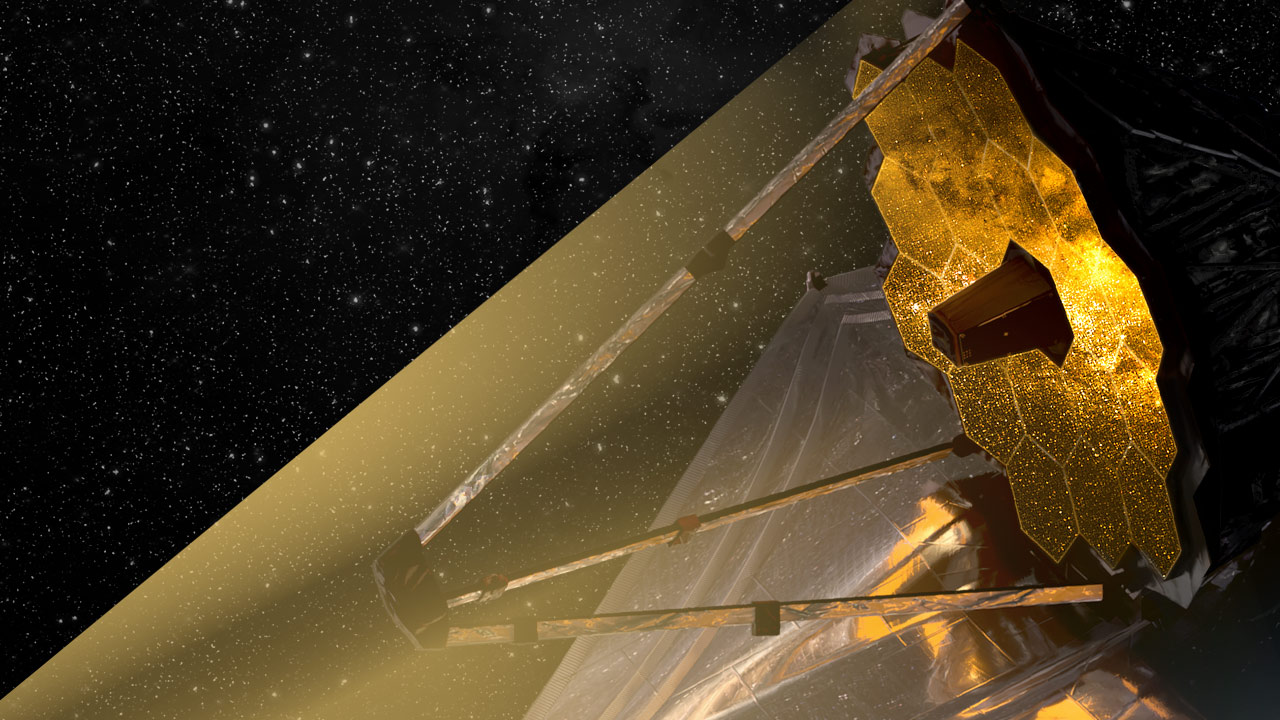James Webb Space Telescope suffers 2nd instrument glitch

Every spacecraft glitches occasionally, and even the most powerful space telescope ever launched isn't immune.
The James Webb Space Telescope (JWST or Webb) launched in December 2021 and has been conducting science observations since July 2022, stunning the world with its gorgeous images and revolutionary data. But on Jan. 15, JWST's Near Infrared Imager and Slitless Spectrograph (NIRISS) instrument "experienced a communications delay within the instrument, causing its flight software to time out," according to a Jan. 24 statement from NASA. NIRISS can't currently be used for science, the statement noted.
"There is no indication of any danger to the hardware, and the observatory and other instruments are all in good health," NASA officials wrote. "The affected science observations will be rescheduled."
Related: James Webb Space Telescope's best images of all time (gallery)
NIRISS is a contribution from the Canadian Space Agency (CSA), so NASA and CSA personnel are collaborating to troubleshoot the issue, the statement notes.
Under normal conditions, NIRISS can operate in four different modes, according to NASA. It can operate as a camera when JWST's other instruments are occupied, it can analyze light signatures to study the atmospheres of small exoplanets, it can conduct high-contrast imaging, and it has a mode tailored to finding distant galaxies.
NIRISS isn't the first instrument on JWST to run into trouble. In August, a grating wheel inside the observatory's Mid-Infrared Instrument (MIRI) started showing signs of friction. The wheel is used in only one of the instrument's four observing modes, so personnel paused those observations while continuing MIRI's work in its other three modes.
Get the Space.com Newsletter
Breaking space news, the latest updates on rocket launches, skywatching events and more!
By November, engineers had tracked down the cause of the issue and begun developing guidelines for safely using the affected mode, called the Medium Resolution Spectrometer.
In addition, in December, the observatory spent two weeks plagued by a glitch that repeatedly sent the telescope into safe mode, interrupting science observations. Engineers traced the issue to a software glitch in the observatory's attitude control system, which controls the direction the spacecraft points.
The observatory returned to normal operations from that issue on Dec. 20, according to a NASA statement at the time.
The NIRISS announcement came precisely a year after JWST arrived at its outpost, Earth-sun Lagrange point 2, which is located nearly 1 million miles (1.5 million kilometers) away from the Earth on the side opposite the sun.
Email Meghan Bartels at mbartels@space.com or follow her on Twitter @meghanbartels. Follow us on Twitter @Spacedotcom and on Facebook.
Join our Space Forums to keep talking space on the latest missions, night sky and more! And if you have a news tip, correction or comment, let us know at: community@space.com.

Meghan is a senior writer at Space.com and has more than five years' experience as a science journalist based in New York City. She joined Space.com in July 2018, with previous writing published in outlets including Newsweek and Audubon. Meghan earned an MA in science journalism from New York University and a BA in classics from Georgetown University, and in her free time she enjoys reading and visiting museums. Follow her on Twitter at @meghanbartels.
-
bwana4swahili All 'satellites' eventually fail. With Hubble it required a few repair visits. With the JWST it will be a bit more difficult!Reply -
MClaus504 Earth-sun Lagrange point 2, which is located nearly 1 million miles (1.5 million kilometers) away from the Earth on the side opposite the sun.Reply
L2 is between Earth and Mars in a straight line through the Earth to the Sun. This comment suggests that L2 is on the opposite side of the sun from Earth... a little confusing.









